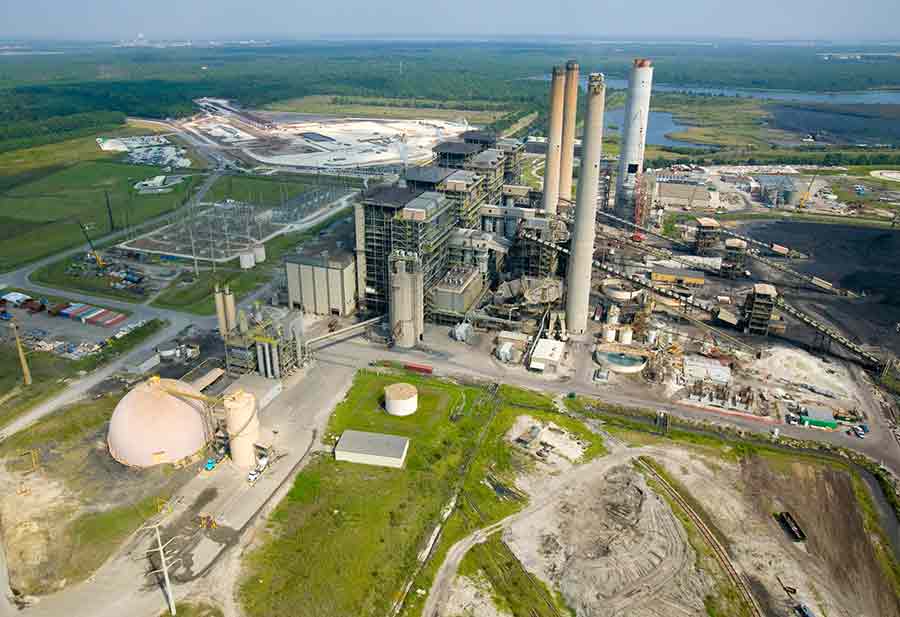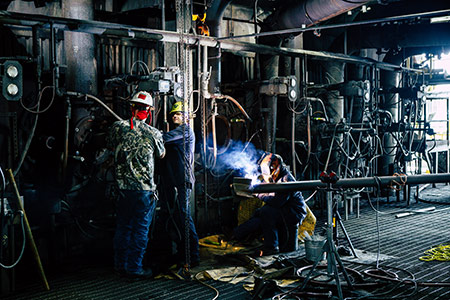
As we transition toward a leaner, greener generation portfolio, there will come a time when Winyah Generating Station in Georgetown will have fulfilled its full potential to the state. The coal plant first came online in 1975 and served to meet growing needs, and it has continued to provide reliable, affordable power to our customers.
As part of ensuring we provide for a sustainable future, work has begun to ensure we take care of the environment, employees and the community that helped support the generating station over the years.
For now, Winyah will continue to produce power to help meet the growth in our area. Once a replacement resource is online, planned for the early 2030s, we will retire the plant and ensure the area is responsibly prepared for a new chapter. One way we are doing this is beneficially using the gypsum and ash byproducts of burning coal.

Phillip Obie II, Beneficial Use and Pond Closure Manager, leads the ongoing closure of gypsum and ash ponds and works passionately to see this to fruition.
As part of the pond closure plans, we aim to beneficially reuse as much material as possible, rather than disposing it automatically into the onsite landfills. Ash from the ponds and station is sold to Southeastern Fly Ash (SEFA) to be used in concrete for driveways, road projects, and other such uses. Bottom ash is sold to Carolina Block in Lake City to be made into blocks for commercial buildings. Gypsum, a byproduct of our process to remove SO2 (sulfur dioxide), is delivered directly to American Gypsum, which set up operations next to Winyah to manufacture wallboard. Gypsum that is not slated for wallboard is used by farmers as a fertilizer and by the cement industry. Byproducts that are landfilled are preserved so they can be marketed in the future.
“The goal is to sell as much as we can now and to preserve what cannot be sold in the closure timeframe. We have to close the ponds so that, in the future, the byproducts can be sold, and the area can be prepared to be left as we found it,” said Obie. “Santee Cooper has led the industry in reusing coal combustion residual material and being good stewards of the environment. This is something everyone can be proud of.”
Santee Cooper has closed two coal-fired stations already, in other parts of the state. We are already focused on transitioning our Winyah team to other opportunities as the time nears to close this plant.
Santee Cooper intends to continue being a positive presence in the Georgetown community once Winyah is retired, just as we have for the past 50 years. We are working with community leaders already on establishing a strong transition plan and helping shape exciting opportunities ahead.